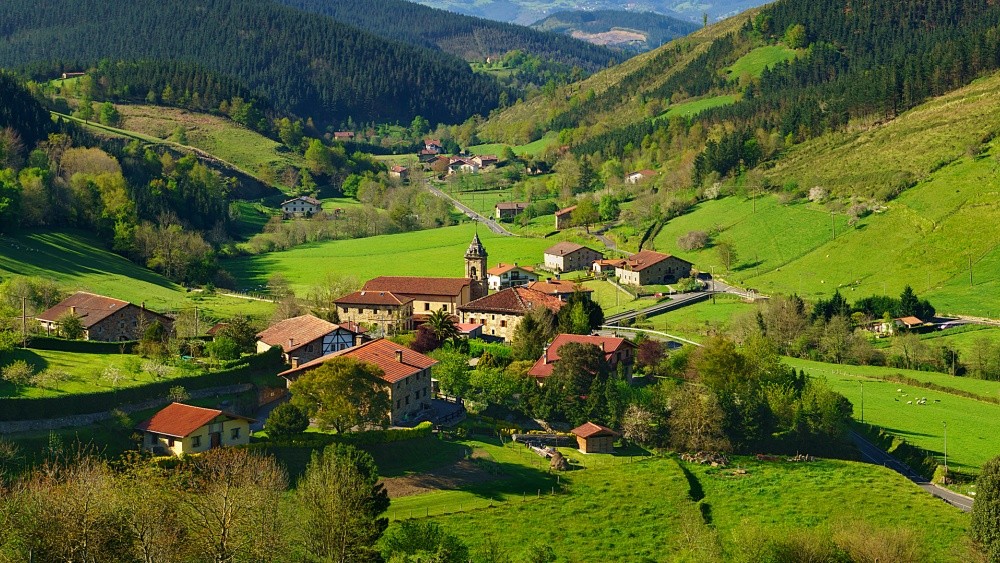Podcast: the numbers behind rural Europe (video)

In the latest episode of the Eurostat podcast Stats in a Wrap, we look into what data can tell us about living in the EU’s countryside.
Rural communities make up nearly 30% of the EU population and account for around 80% of its territory. Rural areas are remarkably diverse, from sprawling agricultural landscapes to smaller towns with their own unique economies and cultures. The EU’s rural areas are also often perceived in different ways. For some, they are romantic havens from the stress of city life. For others, they are tough places to get work, healthcare and education. But it is data that can help us change or confirm our perceptions about rural life in Europe.
Our host Jonathan Elliot is joined by Marina Royo de Blas, who’s part of the team that’s implementing the long-term vision for rural areas at the European Commission’s Directorate-General for Agriculture and Rural Development (AGRI), Réka Fodor from Eurostat who has edited the recently released Urban Europe and Rural Europe publications and Lewis Dijkstra, who leads the urban territorial analysis team at the Joint Research Centre of the European Commission.
In this episode, our guests talk about the challenge of defining rural as opposed to urban, suburban or remote rural areas, and how Eurostat collects a wide range of data at subnational, regional and local levels under the ‘NUTS’ abbreviation.
The opinions expressed in the podcasts reflect solely the point of view of the speakers and can in no way be taken to reflect the position of Eurostat, the European Commission, or the European Union.
For more information
